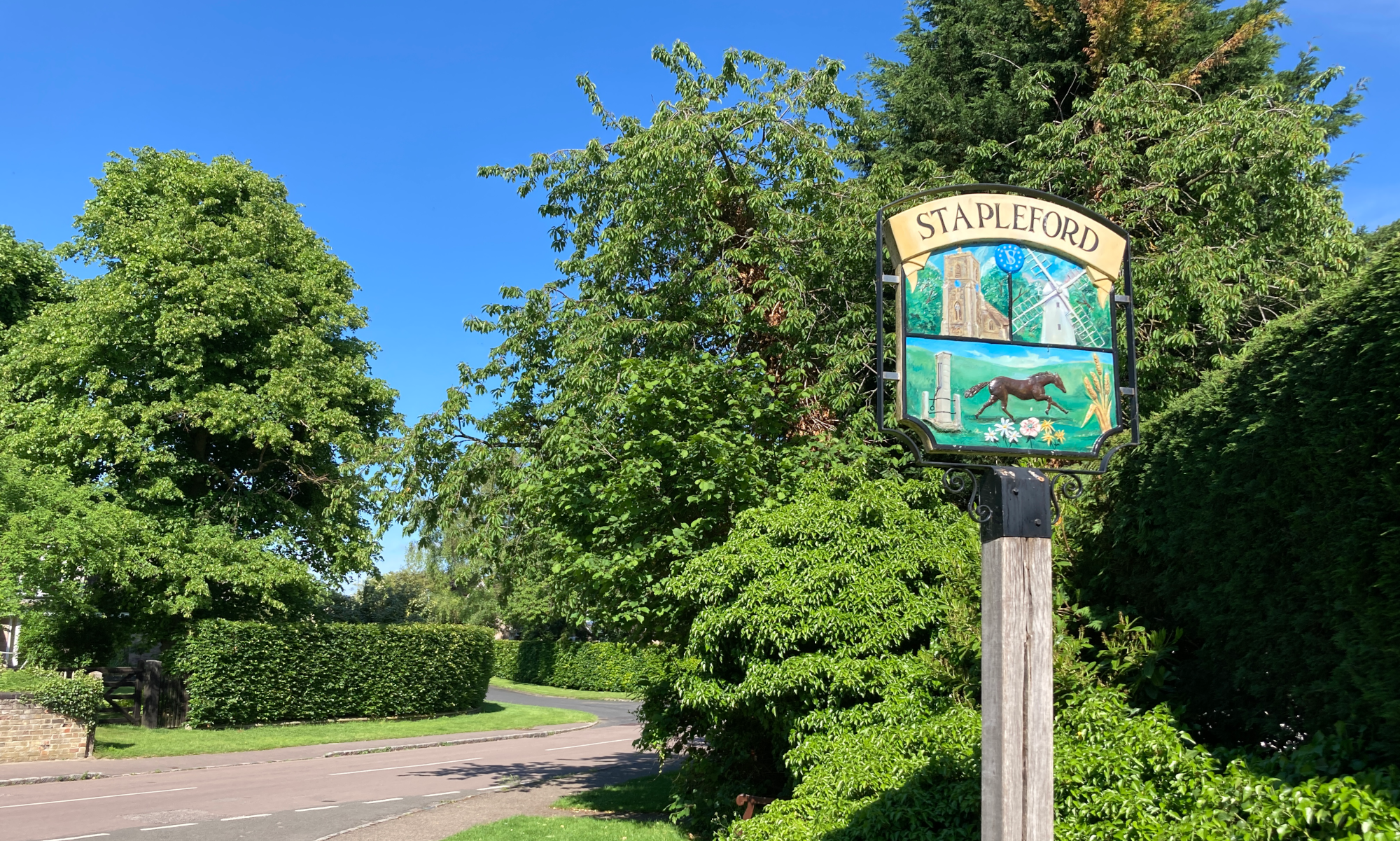Stapleford History Society 13 March 2017
Talk by Honor Ridout
The Stourbridge Fair took place on, yes, Stourbridge Common over at least seven centuries. The first mention is from 1211, when King John granted a charter to the Leper Hospital to raise money by holding a fair. The last fair was in 1933, opened by the then Mayor of Cambridge, Florence Keynes (mother of the more famous John Maynard). By the end it had dwindled to a funfair, but in previous centuries Stourbridge Fair was the big event of the Cambridge year. Early on, it made Cambridge quite a prosperous little town. That may well have been one reason why, when violence between town and gown at Oxford got so bad in 1209 that the university there had to be shut down, some of the displaced scholars chose Cambridge to set up their new ‘studium generale’.
Honor Ridout, a longstanding Cambridge Blue Badge guide, has researched the Fair for a number of years. She is also a stalwart participant in the full-dress re-enactments of the Fair that now take place every September at the Leper Chapel (which is a little gem of Romanesque-style architecture). Who better to tell us all that can be known of its history? She did so for us with gusto and humour. We learned how for some reason the Fair became known for several centuries as ‘Stir-bitch Fair’, until good taste reclaimed the proper ‘Stourbridge’. The origin of that name is not certain, however. It may have referred to a little bridge where cattle could cross over a small stream running down to the Cam on the Common, hence ‘Steers Bridge’. (Walkers along the river still have to contend with sometimes frisky cows by the plank-bridge and ford at that point.)
The Fair was known far and wide. Daniel Defoe wrote at length about it in his Tour through the Whole Island of Great Britain (1724). A wide range of goods was bought and sold: foodstuffs (there are hints in the names of Garlic Row and Oyster Row), ironmongery, horses, books, timber, haberdashery… Cloth and clothes were available in an area called ‘the Duddery’. (So that’s where the slangy term ‘duds’ comes from!) This is where Isaac Newton purchased the prism he used to show for the first time that ordinary ‘white’ light is made up of all the colours of the rainbow. Entertainments of all sorts – respectable and otherwise – were to be had as well.
At the end our Chair, Lesley Ford, gave enthusiastic thanks to Honor, saying that she had combined in the evening two favourite activities: history and shopping! Honor has written a delightful little book on the Fair, Cambridge and Stourbridge Fair (Blue Ocean Publishing, 2011) – recommended reading for all, and full of many more fascinating details of this important aspect of our local history.
[report by Maureen Street]

